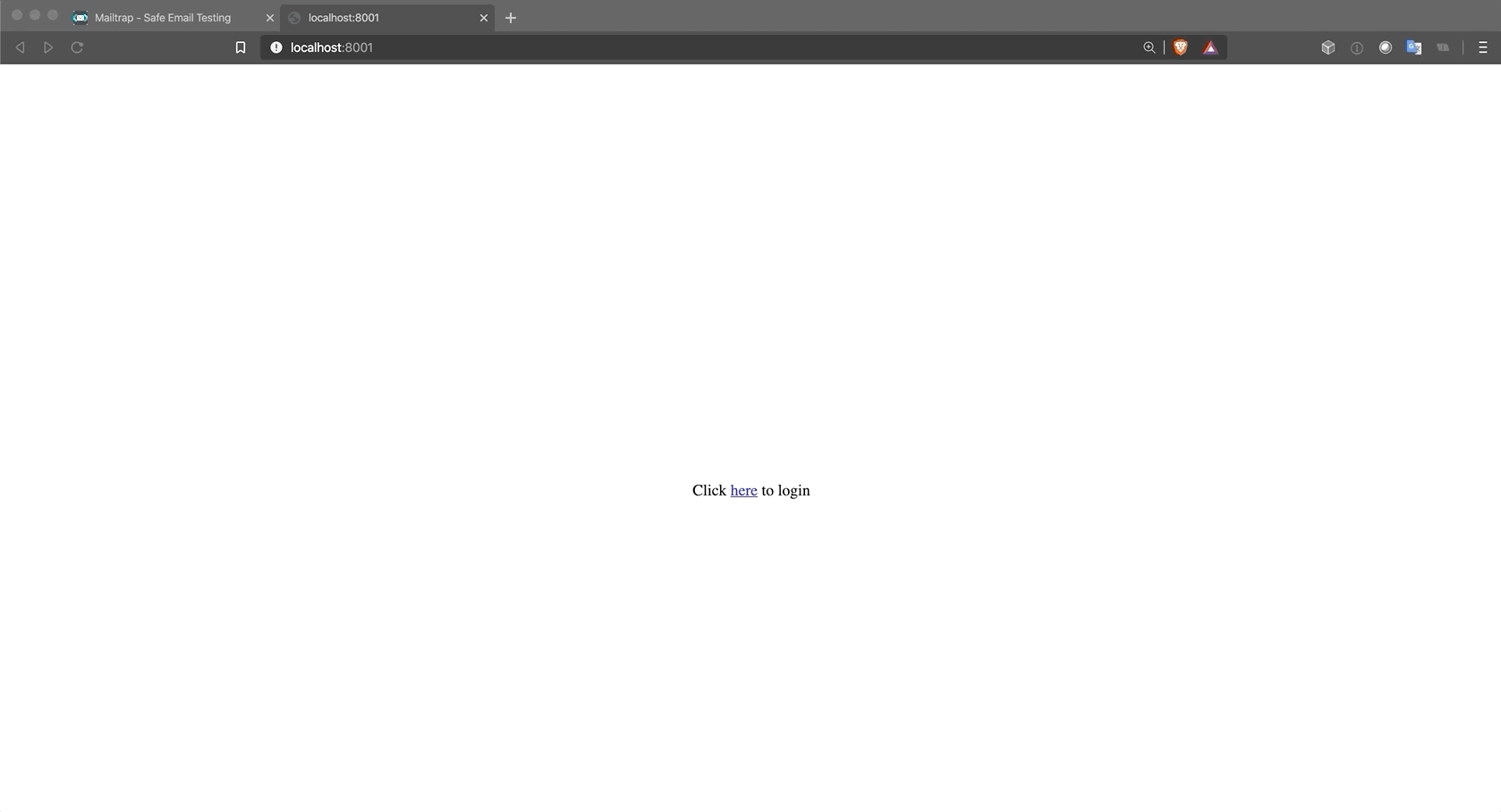Whisper is an Identity and OAuth provider implemented in Go.
By definition, it securely stores user credentials and authorizes clients in the context of OAuth 2.0.
The OAuth flows adopted by Whisper are the authorization_code and authorization_code + pkce flows.
To implement such OAuth flows, we have integrated Whisper with Hydra, through its Login and Consent flow spec.
To easily integrate with Whisper, client applications can make use of a special library and cli utility called whisper-client, available on github and also implemented in Go.
Passwords are cryptographically stored with a salt and secret-key with the help of the following equation:
HMAC(SHA512(password+salt), secret-key)Salts are generated randomly each time a password is stored.
The secret-key is unique and should not be changed after the app goes up, otherwise Whisper will be unable to verify the validity of old passwords.
To register your application as a client, you need to be able to talk privately with Whisper.
The admin endpoint is managed by Hydra and is by default not publicly available. Use the provided whisper-client library to register your app as a valid Whisper client.
If the application you are developing is a command-line interface or a mobile device, you need to use the authorization_code grant type with pkce.
The pkce (pronounced pixy) flow is specified by the RFC7636.
After Whisper is up and running, to use it as a login and consent provider one needs to generate an authorization url and redirect the browser to it.
Then, the user will be prompted to insert its login info and consent to any scopes the client application is requesting from Whisper (the requested scopes need to be previously known to Whisper).
Whisper will then redirect the browser to the client registered redirect_uri with a Code. This code should then be exchanged for a token to finish login.
All this operations can be more easily accomplished using the whisper-client library.
From the project root folder, fire the following commands to execute this project in development mode.
-
Add Hydra to Hosts:
sudo echo "127.0.0.1 hydra" >> /etc/hosts
-
Up the applications that whisper need, which will serve the auxiliary services (databases and Hydra) and the web example:
docker-compose up -d local -
Compile the local version:
go build
-
Serve whisper locally:
Which will run Whisper at the
7070port and display at endpoints/loginand/consentour incredibly simple user interface.The only way to access this endpoints is through a valid authorization url.
OBS1: Pay attention that you should provide the smtp account for the whisper mail service.
OBS2: With some small Dockerfile trickery, it is possible to override the provided UI files to use your custom page layout and icons.
./whisper serve \ --port 7070 \ --base-ui-path ./web/ui/www \ --hydra-admin-url http://localhost:4445 \ --hydra-public-url http://localhost:4444 \ --public-url http://localhost:7070 \ --secret-key uhSunsodnsuBsdjsbds \ --log-level debug \ --scopes-file-path ./scopes.json \ --database-url "mysql://root:secret@tcp(localhost:3306)/whisper?charset=utf8mb4&parseTime=True&loc=Local" \ --mail-user "<your smtp account>" \ --mail-password "<your smtp account password>" \ --mail-host "<your smtp server address>" \ --mail-port "<your smtp server port>" \ --shutdown-time 10 \ -
Authorize application on hydra
This command will register to Hydra a client application that is authorized to perform a authorization code flow.
docker-compose exec hydra \ hydra clients create \ --endpoint http://localhost:4445 \ --id auth-code-client \ --secret secret \ --grant-types authorization_code,refresh_token \ --response-types code,id_token \ --scope openid,offline \ --callbacks http://127.0.0.1:5555/callback -
Launch application synced with hydra
This command will launch the registered client application above at http://localhost:5555. Go to your browser and see if you can successfully login with it.
docker-compose exec hydra \ hydra token user \ --client-id auth-code-client \ --client-secret secret \ --endpoint http://localhost:4444/ \ --port 5555 \ --scope openid,offlineOBS: Once the token exchange is made, the server will close itself.
You can also checkout our examples for a more code oriented experience
A special interface is provided for the update of user credentials.
The interface is found in the /secure/update endpoint and needs a valid token to access it.
The token will be searched in the request's bearer authorization header or via a token query param, e.g.:
https://<your-whisper-domain>/secure/update?token=nZgyaH1JthU0GIsp2ndRDrYNFE_6ivOqjrQhikIQ5rk.8u5lgf7OtGDbN4Y2GXcTudf1u8lLX3kvsYkFH3uPxrY&redirect_to=http://<your-app-domain>/<where-you-were>After successfully updating credentials, the UI is redirected back to where it came from, via the provided redirect_to query param.

